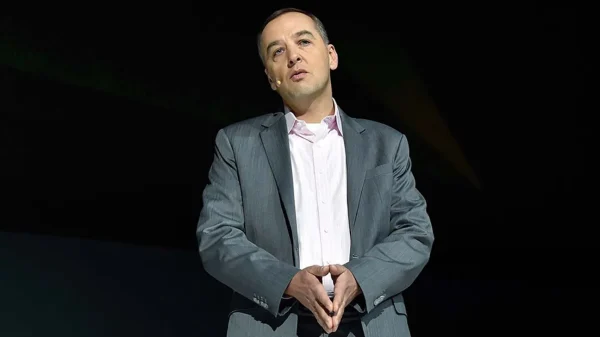As cities continue to adapt to the demands of modern living, many have found new ways to blend technology with everyday infrastructure. Governments and private firms are now joining hands to shape urban areas that work smarter and serve their residents better.
From transport systems that react to traffic in real time to waste management that is handled automatically, innovation is no longer limited to tech companies alone. Today, entire cities have embraced digital strategies to improve quality of life, keep energy use efficient, and ensure public services are well organised.
Smart cities rely heavily on data, sensors, and connectivity to function smoothly. These locations use artificial intelligence, machine learning, and advanced networks to collect information and act quickly based on it.
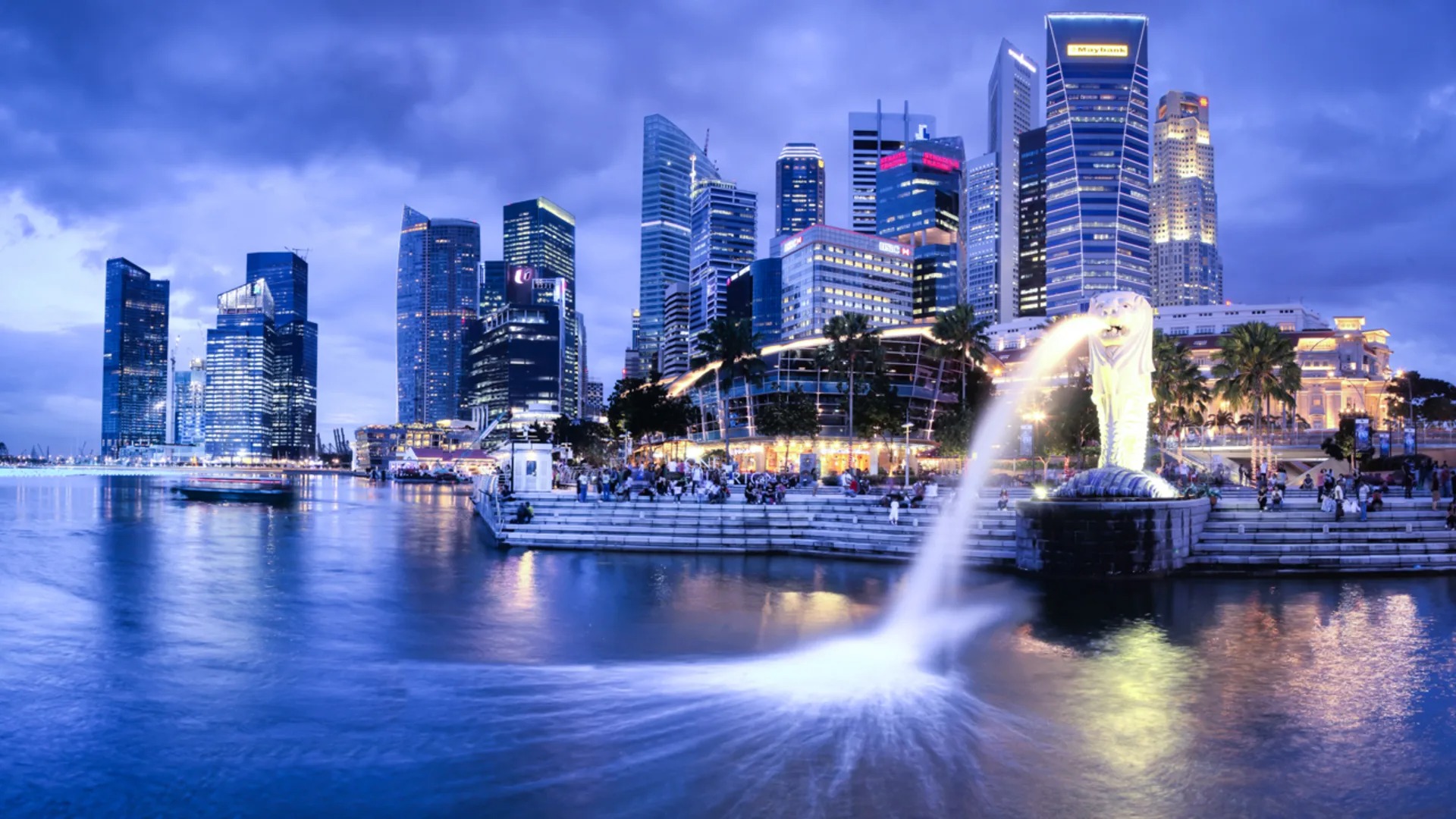
Singapore smart city (Photo: Getty Images)
With so many urban areas trying to improve, only a few have managed to stand out with practical success. This list presents ten cities that have stayed ahead in terms of modern planning and digital operations by the year 2025.
1. Singapore
Singapore has remained a leading example of urban efficiency. The government has continued to invest in advanced infrastructure and technology to support daily life.
From traffic signals that change according to movement patterns, to buildings that adjust lighting and cooling systems based on occupancy, Singapore’s design helps residents move, work, and live comfortably. Its digital ID system also allows citizens to manage healthcare, taxes, and more through a central online platform.
2. Seoul, South Korea
Seoul has pushed its digital efforts even further by focusing on real-time monitoring and fast service delivery. The city uses Internet of Things (IoT) devices to collect detailed information on road conditions, public transport, and waste collection.
By acting on this data instantly, services run faster and more efficiently. Seoul also promotes free public Wi-Fi across most of its districts, which has improved digital access for residents and visitors alike.
3. Barcelona, Spain
Barcelona has made progress by using sensor-based systems to manage its public services better. Street lighting now adjusts according to motion detection, and water use is tracked to prevent waste.
Its urban planning approach links smart buildings, data-driven transport, and community involvement. This combination has helped reduce carbon emissions while improving public safety and convenience for its population.
4. Dubai, United Arab Emirates
Dubai continues to be known for its ambition in integrating smart city models. It has put in place facial recognition systems at airports and plans to use autonomous vehicles for public transport.
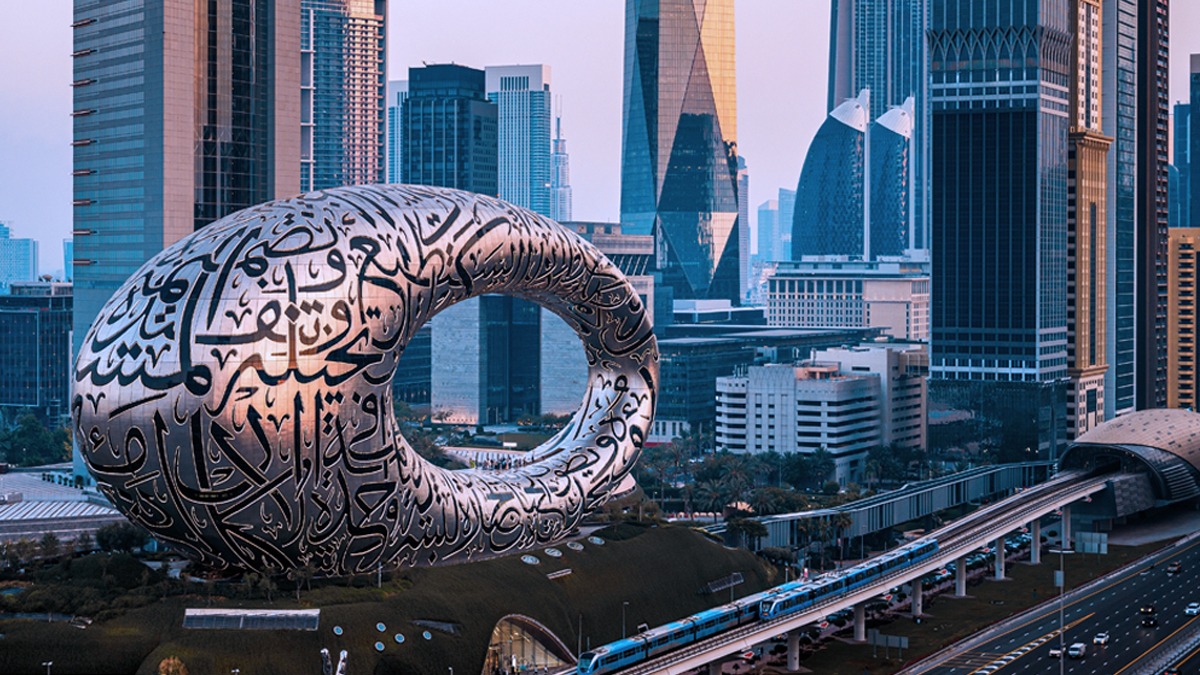
Dubai, United Arab Emirates (Photo: Twitter)
Digital government services have also expanded, allowing residents to handle over 90 percent of their official paperwork through online portals. The city’s vision includes renewable energy goals and AI-driven public safety management.
5. Tokyo, Japan
Tokyo has combined tradition with high-tech efficiency. The city’s transport network works hand in hand with digital tools that provide live updates and navigation assistance.
Elderly care uses robotic technology and remote health monitoring, which has reduced pressure on health facilities. Environmental sensors measure pollution levels and send alerts when needed, helping the city respond to environmental concerns quickly.
6. Zurich, Switzerland
Zurich has leaned heavily on smart energy use and urban planning. Solar power and other renewable sources now contribute a larger part of its grid. Traffic management systems use sensors to guide vehicles more smoothly across roads and reduce congestion.
The city also focuses on data protection and privacy while encouraging residents to participate in digital platforms for community feedback and policy discussion.
7. Helsinki, Finland
Helsinki has taken a unique approach by sharing nearly all its public data with citizens. This transparency builds trust and allows developers to design solutions based on accurate information.
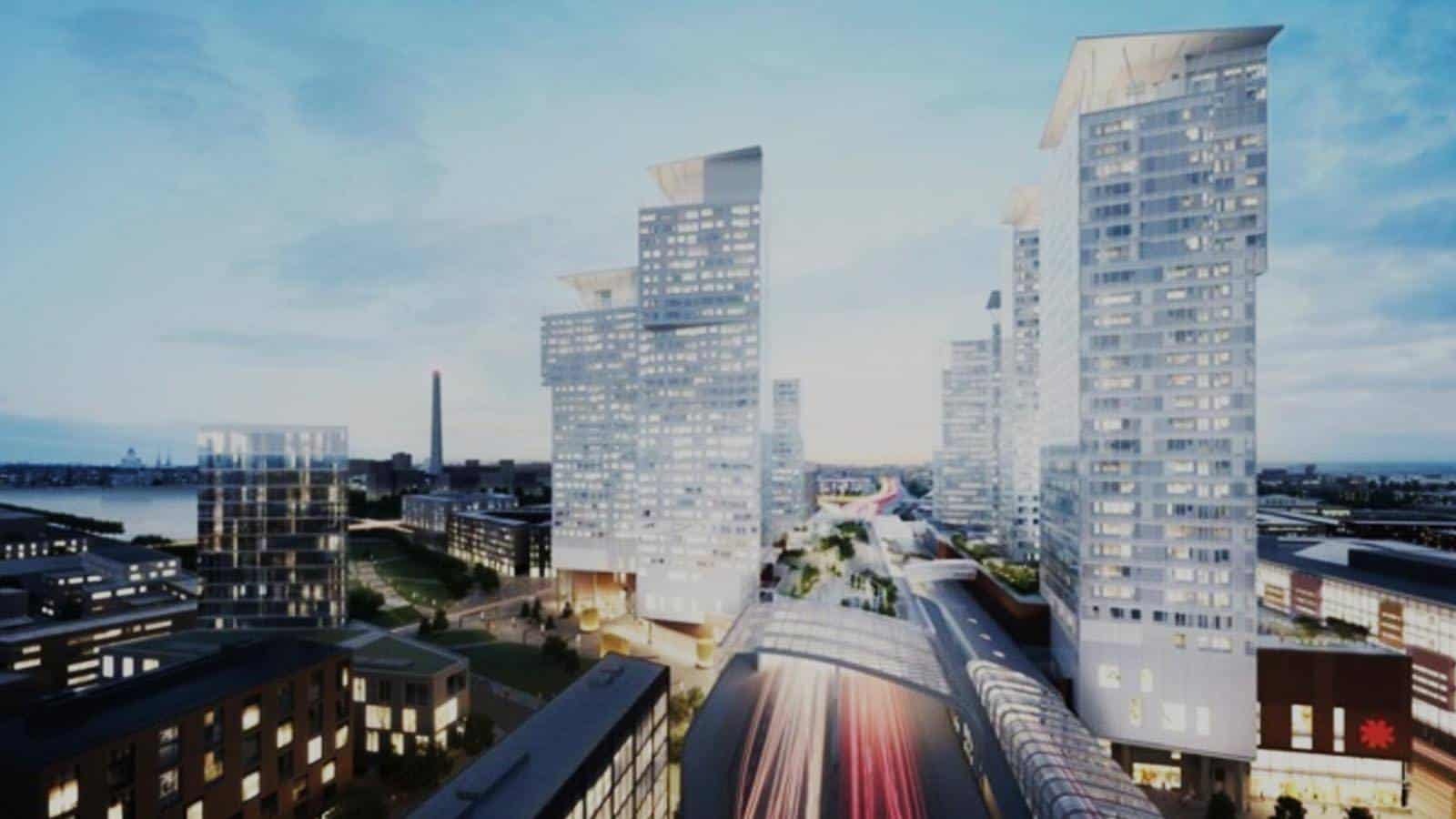
Helsinki, Finland (Photo: Alamy)
Public transport in the city operates through an app that combines buses, trams, taxis, and bike sharing into one payment system. This seamless integration makes it easier for residents to move around efficiently without relying on personal cars.
8. Toronto, Canada
Toronto’s smart city progress includes neighbourhoods that use technology to improve both safety and energy use. Buildings are designed with smart materials that control internal temperature without relying too much on electricity.
The city also uses artificial intelligence to monitor urban traffic and adjust signal timing in real time. Data privacy has remained a top concern, and Toronto has developed guidelines to make sure technology use respects personal rights.
9. London, United Kingdom
London has expanded its efforts by upgrading both physical and digital infrastructure. Its contactless payment system has allowed faster and smoother public transport access. New camera systems track movement trends, helping the city to prevent traffic problems before they happen.
Energy monitoring in homes is also encouraged, with incentives given to residents who install smart metres. These combined efforts have improved energy savings and reduced emissions across the city.
10. San Francisco, United States
San Francisco has long been at the centre of digital progress, and it has used that edge to reshape how the city functions. From waste bins that notify collection teams when full, to smart lighting that cuts down power use in real time, the city’s systems are built to reduce human error and improve service delivery.
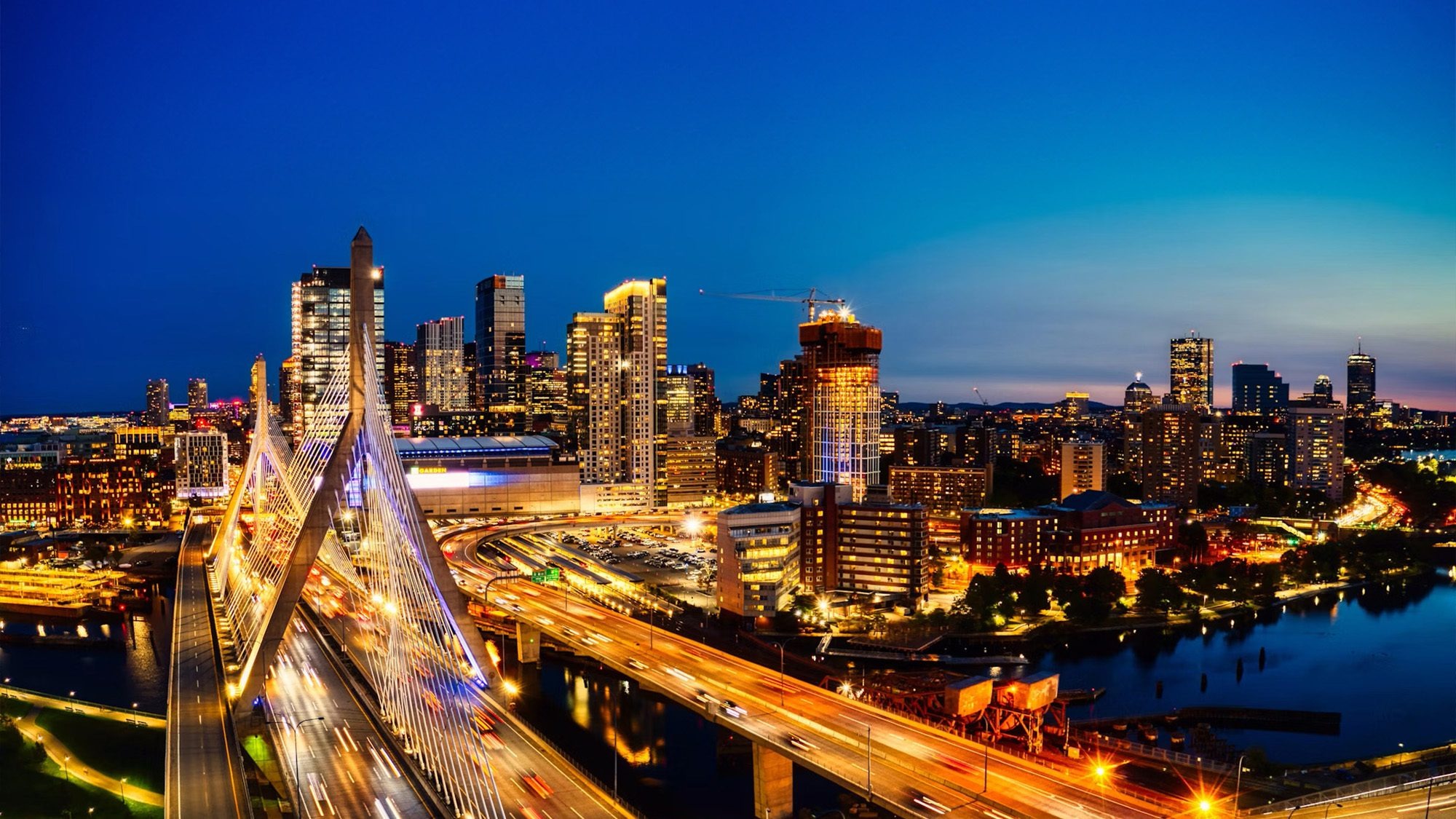
San Francisco, United States (Photo: Shutterstock)
San Francisco also promotes electric vehicle use through charging stations placed across the city. The local government works closely with tech firms to test ideas and launch pilot projects that may later be expanded.
These ten cities have made real progress by using technology wisely and placing residents at the centre of their planning. With improved transport, better energy management, and safer environments, they show what is possible when urban design and innovation are matched with good leadership and clear goals.
Each city listed has taken different steps, but all share one thing in common: the willingness to act early, take risks, and apply technology to solve everyday problems effectively.




